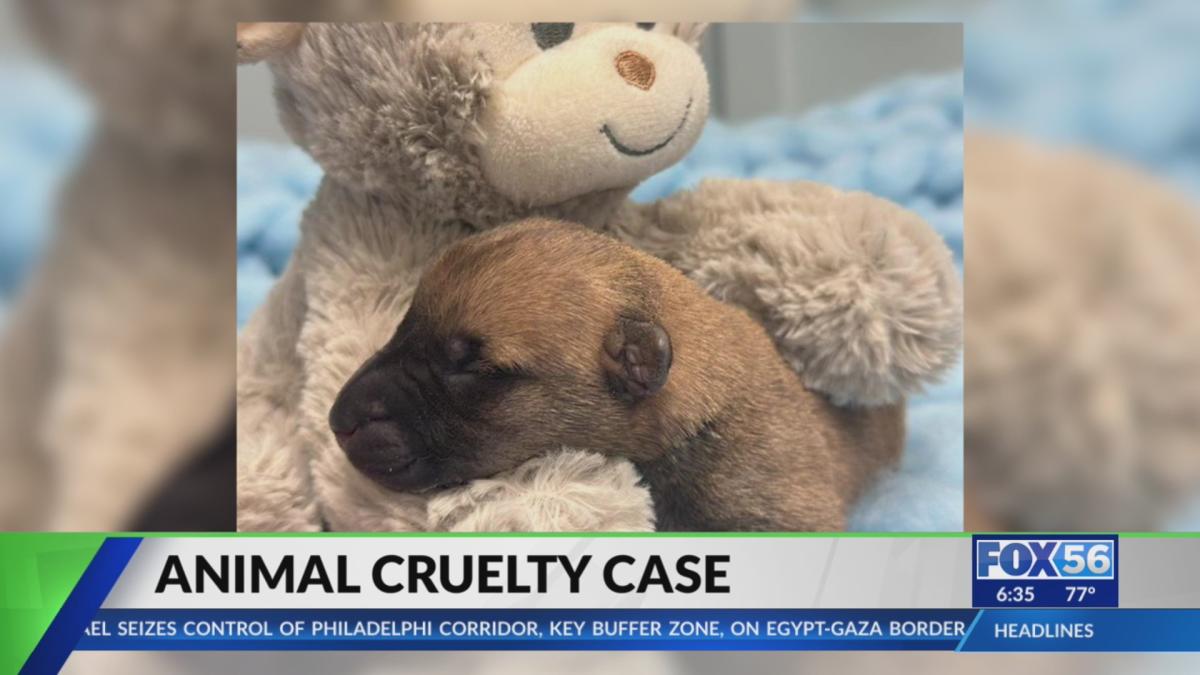Animal cruelty is a pervasive issue that evokes visceral emotions in many people. It is not uncommon to see stories that raise awareness about the profound suffering inflicted upon innocent creatures. However, the passionate responses elicited by such accounts often overlook a critical facet of justice—animal cruelty investigators. These dedicated individuals work in the shadows, piecing together evidence and testimonies, all to unravel the complexities behind acts of cruelty. This article aims to shed light on their efforts, highlighting their indispensable role in the pursuit of justice for animals.
At the heart of animal cruelty investigations lies a fundamental mission: to protect and advocate for those who cannot speak for themselves. Investigators are tasked with the unenviable job of probing into the circumstances surrounding reported cases of abuse. They operate in collaboration with law enforcement agencies, humane societies, and community organizations, functioning as the frontline defenders against animal maltreatment. Yet, their responsibilities extend far beyond mere investigation; they are also educators, advocates, and, at times, social workers.
The process begins with a report or tip-off. This may come in various forms, ranging from an anonymous phone call to a formal complaint lodged with an animal control agency. Upon receiving a report, investigators assess the validity of the claim. This initial inquiry is crucial; it serves as the bedrock for the investigative process. Caution is exercised to ensure that the circumstances warrant further investigation, to prevent unnecessary distress for both animals and owners alike.
Upon determining that a deeper dive is warranted, investigators embark on a thorough examination of the situation. This phase is often a multi-faceted endeavor. Inspecting the living conditions of the animals in question is paramount. Investigators look for signs of neglect—insufficient food, lack of clean water, unsanitary living conditions, and inadequate shelter. The presence of physical injuries, such as wounds or infections, further strengthens the case for intervention. All these observations are meticulously documented, forming a substantial part of the evidence needed to prosecute offenders.
Moreover, investigators must often consult with veterinarians. Medical examinations provide crucial testimony about the animals’ welfare. A veterinarian’s report can reveal the severity of injuries or malnutrition, offering an objective assessment that can be pivotal in court. This collaboration underscores the interdisciplinary approach required in animal cruelty cases, bridging the gap between law enforcement and animal welfare.
Additionally, interviews play a crucial role in building a comprehensive case. Animal cruelty investigators gather testimonies from witnesses, neighbors, and sometimes the accused individuals themselves. These narratives may elucidate the broader context surrounding the abusive behavior. Investigators are trained to approach interviews sensitively, recognizing that the emotional weight of such discussions can be immense for all parties involved. They must balance the need for information with empathy—a skill that is vital but often underappreciated.
The emotional toll of these investigations cannot be understated. As the gathered evidence begins to paint a picture of systemic cruelty, investigators grapple with feelings of sorrow and frustration. They often encounter heart-wrenching cases of abuse that can weigh heavily on their conscience. The trauma inflicted upon innocent animals is a stark reminder of the darker facets of human behavior. Hence, personnel working in this field require a robust support system to navigate the psychological demands of their roles.
Once sufficient evidence has been collected, the next step is typically to collaborate with legal entities. The legal framework surrounding animal welfare varies widely by jurisdiction, which can complicate matters. A successful prosecution often hinges on the investigator’s ability to present an unequivocal case that meets local laws and regulations. This intricate dance necessitates not just legal knowledge but also a strategic mindset, as investigators may need to adapt their approaches based on the specifics of each case.
Yet, the work of animal cruelty investigators transcends the courtroom. They are champions of education, advocating for animal rights and welfare. Their experiences in the field allow them to identify patterns of abuse that warrant community outreach and preventive measures. By educating the public on responsible pet ownership, humane treatment, and the legal consequences of animal abuse, investigators aim to foster a culture of compassion towards animals. This preventive approach is essential, as it addresses the roots of cruelty rather than merely responding to its manifestations.
Moreover, media engagement plays a significant role in raising awareness about animal cruelty investigations. Coverage of unspeakable acts of violence against animals can galvanize communities, prompting discussions about ethics, legality, and prevention. Investigators often work closely with journalists to ensure accurate representation of the cases involved, harnessing public interest to advocate for stronger animal protection laws. These media narratives can wield substantial influence, swaying public opinion and inspiring grassroots movements.
Ultimately, the work of animal cruelty investigators epitomizes a relentless pursuit of justice for voiceless beings. Each investigation, with its inherent complexities, demands diligence, compassion, and unwavering resolve. These professionals navigate a labyrinth of emotional, legal, and ethical challenges, propelled by a singular mission: to ensure that every animal, regardless of its circumstances, is treated with dignity and respect. Their efforts remind us that behind every story of cruelty lies an army of advocates committed to eradicating injustice and fostering a society that values empathy over apathy. As we bear witness to their tireless endeavors, we are compelled not only to acknowledge their work but also to join them in this essential fight for the voiceless.








